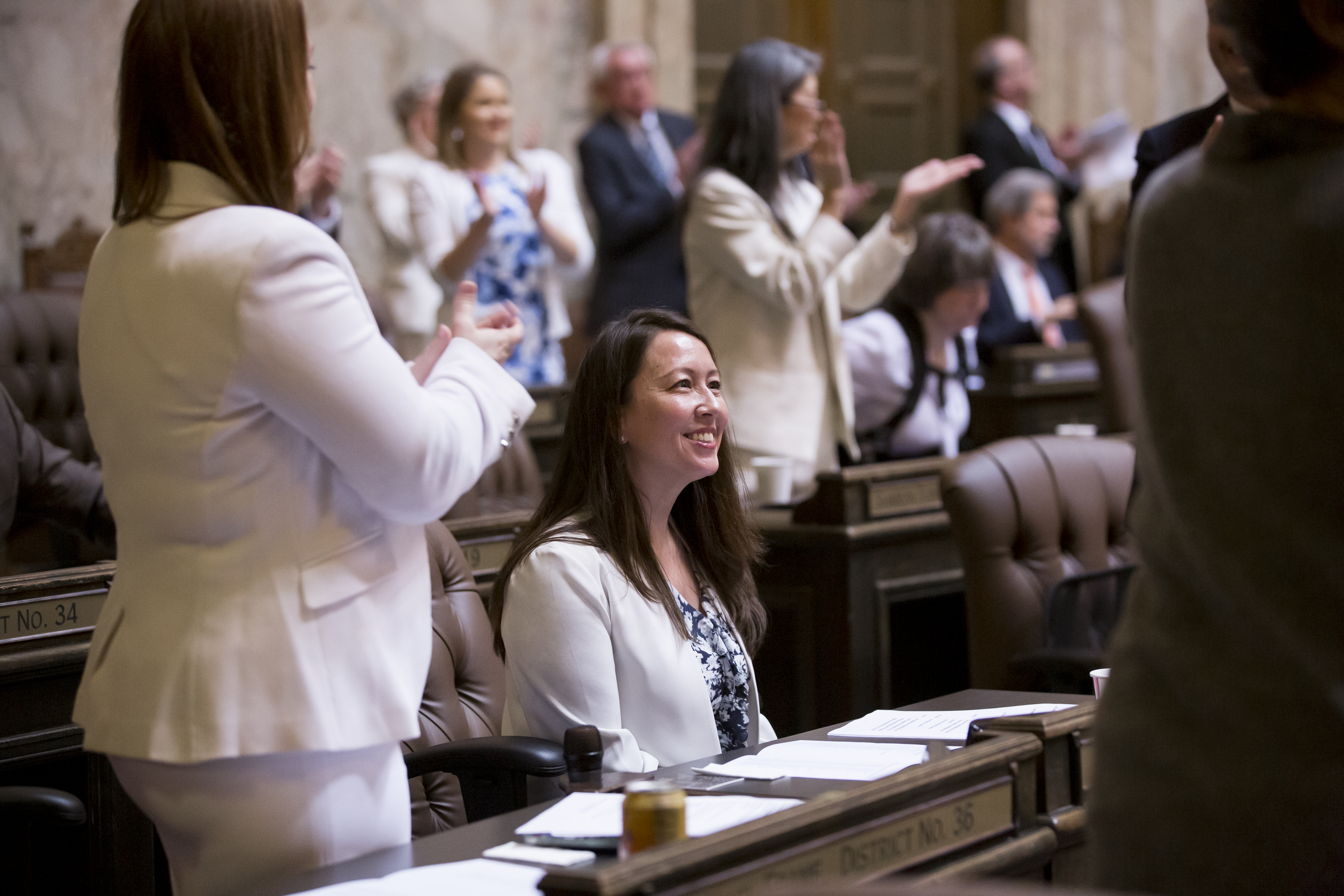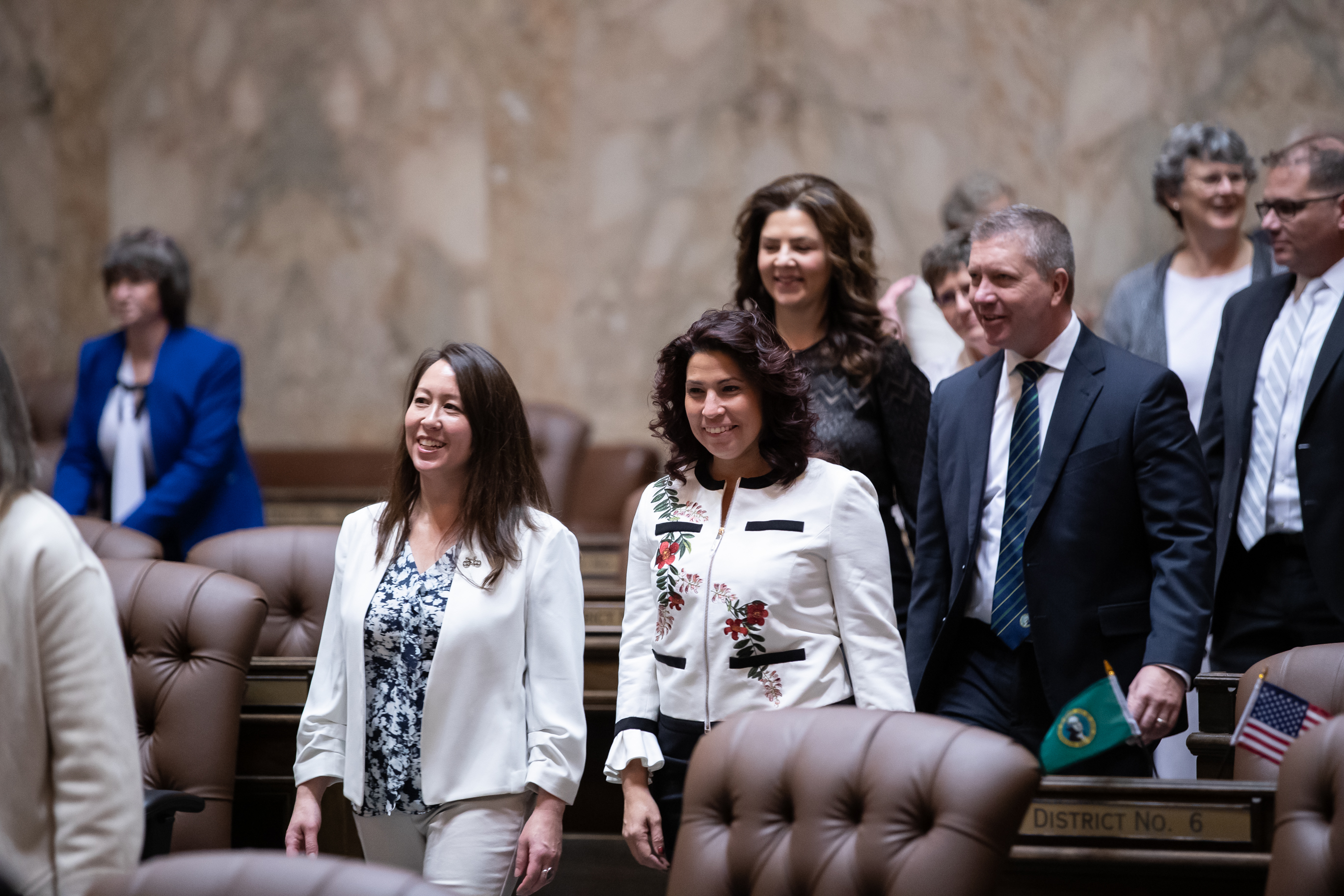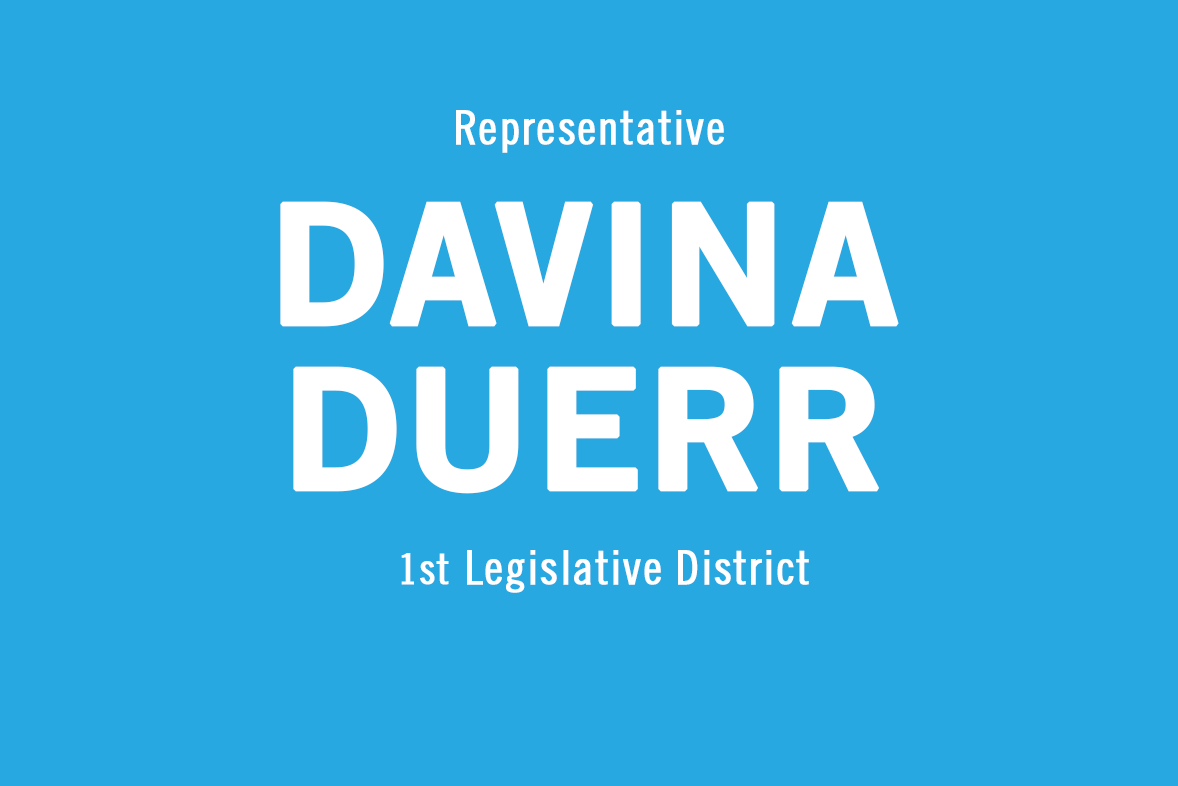OLYMPIA—On March 7, the Washington State Legislature passed Rep. Davina Duerr’s HB 2405 to provide a new funding mechanism for seismic retrofitting, energy efficiency upgrades, and more. The bill would create a Commercial Property Assessed Clean Energy and Resilience (C-PACER) program, allowing certain loans to be attached to the property instead of the owner, making big retrofitting projects easier and more affordable.
Unreinforced masonry (URM) buildings are a public safety risk and there are nearly 4,500 of them across Washington state. These buildings need seismic stability retrofitting, but because because ownership of these buildings transfers roughly every 5 years it’s hard to invest in big fixes and upgrades. C-PACER solves that part of the problem. C-PACER loans can also be used for energy efficiency upgrades, reducing utility costs and reducing greenhouse gas emissions.
“As an architect I know that the most sustainable building is an existing building.” said Duerr. “A C-PACER program would leverage that, making it easier to finance improvements to energy efficiency, seismic resiliency, and more. I’m thrilled that this program has received broad bipartisan support in both the House and the Senate.”
The bill, which passed the House 93-4 and the Senate 40-7, has also received strong support from stakeholders.
“Because of upfront costs, existing buildings are a challenge to retrofit to be more efficient and more resilient,” said Rachel Koller, Coordinator for Shift Zero, an alliance of more than 35 organizations working for policies that support zero carbon buildings in Washington. “C-PACER is a proven tool that will enable healthier, safer, and more climate-friendly buildings, and we are excited to help bring it to Washington State.”
The Building Owners and Managers Association (BOMA) also supported the bill. “We appreciate the effort and leadership of Representative Duerr.” said BOMA President, Rod Kauffman. “C-PACER financing authority will help advance energy and seismic safety retrofit projects across the state, and will be the difference in making these carbon reduction and safety projects affordable.”
The bill now goes to the Governor for his signature.



